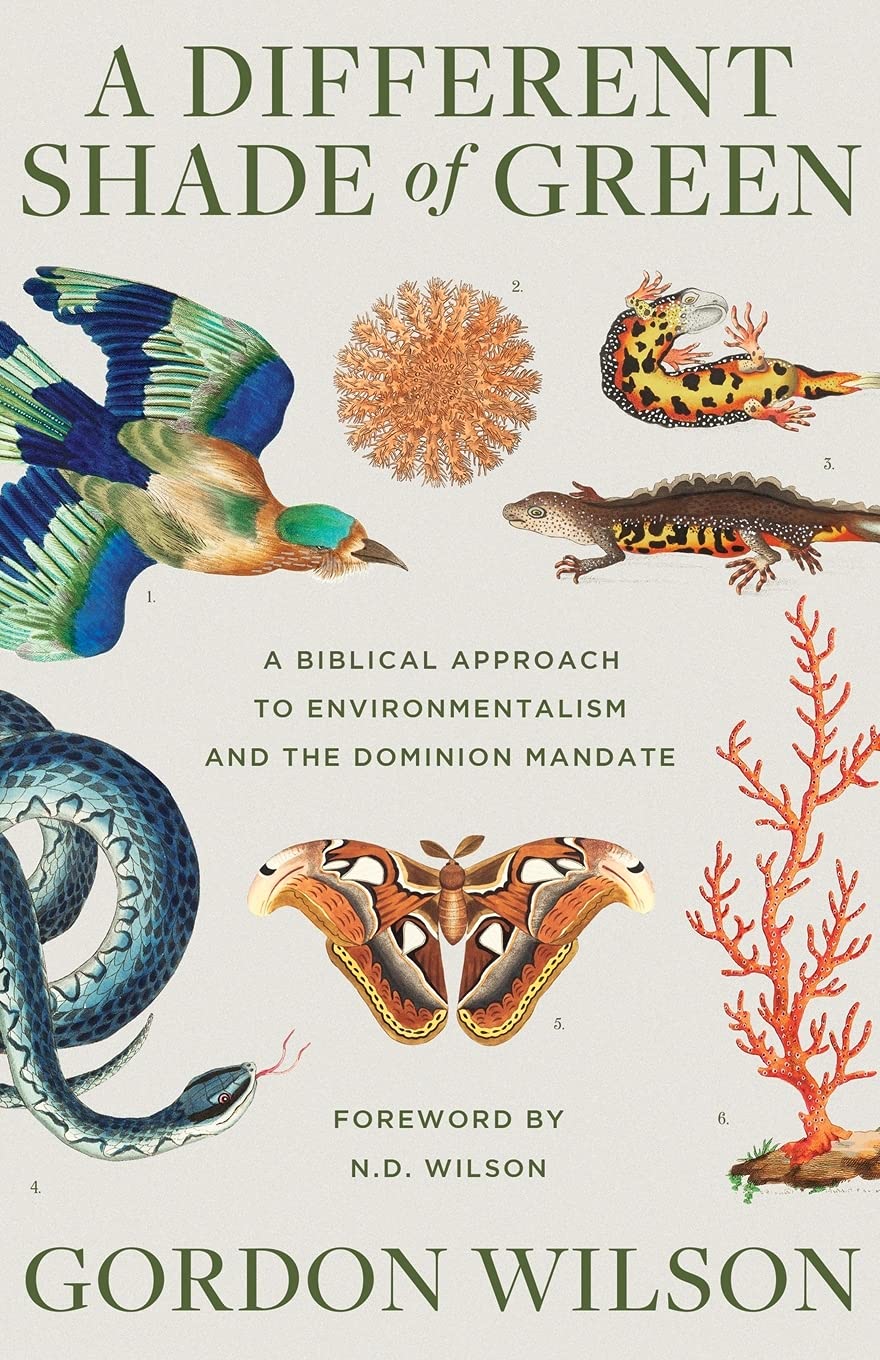In former generations, some misguided human biologists used to speculate that the various human races were in process of becoming increasingly different. This process, termed “divergence,” is an important component of evolution theory. The idea is that our world population is composed of more or less isolated groups or races of individuals who are quite similar to each other but significantly different from individuals of another race or ethnic background. Since the theory also, of course, includes the idea that our human population has been around at least one million or more years, it would then seem reasonable to assume that humanity had had lots of time to “diverge,” for the races to become more and more different from each other. Of course, if humans have only been around a short time, then racial differences might be merely superficial, more skin deep rather than significant and the human population might not really have “diverged” at all.
This indeed is what scientists investigating genetic differences have found. An American study published in the December 20/02 issue of Science, has found astonishingly small differences between human populations in all major regions of the world. These researchers already knew that only in 0.1% of the human genetic code (genome) are there any differences at all to be found between individuals or populations. Nevertheless this team set out to find out where most of this tiny amount of variation was concentrated. They conducted a huge study. It involved analysis of 1056 individuals from 52 different populations worldwide. The scientists looked at 377 specific sites in the DNA on various chromosomes other than the sex determining X and Y chromosomes.. On average, for each site under consideration, there were about 12 variations possible in the standard code sequence. The team put all their results in a huge computer to see if the variations were clumped according to population. Were individuals within populations more like each other and more different from individuals in other populations? (This would constitute divergence.)
The surprise was that only 3-5 % of the variation was from differences between populations. The vast bulk of the differences, about 95 – 97%, was located within each and every population. Thus Specimen A (call him Bill), might be more different from Specimen B, his next door neighbour (call him Sam), than he is from specimen Z, (call him Leung), from across the ocean. The various populations are not going anywhere, specifically they are not diverging in an evolutionary sense. For those of us who realize that we are all descended from Noah’s offspring only a few thousand years ago, this is no big surprise.
Margaret Helder
April 2003
Subscribe to Dialogue







